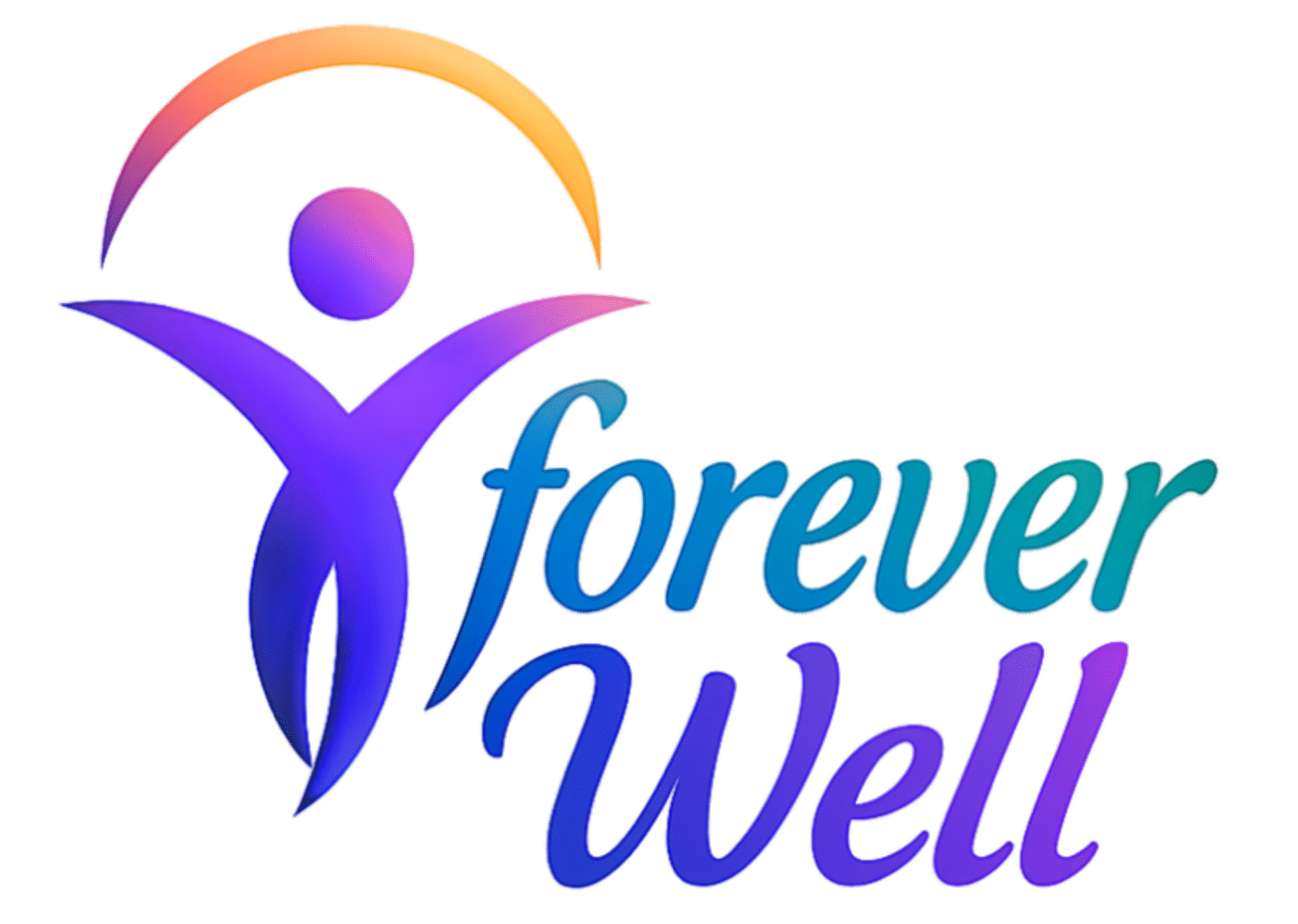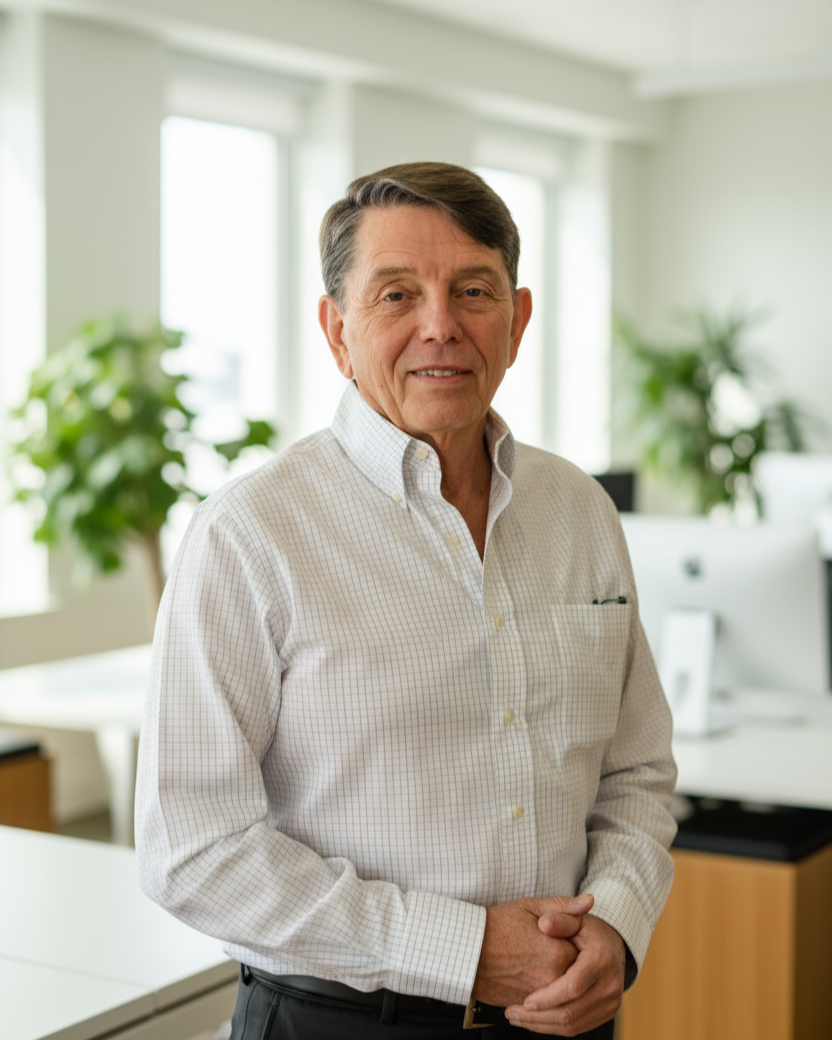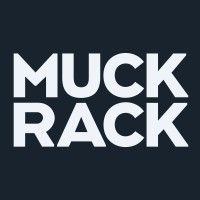“I wish I could have invested in placebo.”
That comment came from an old high school wrestling buddy of mine, a smart and successful investor who built his fortune in pharmaceutical stocks. At first, I laughed it off as a joke.
But the more I thought about it, the more I realized he had touched on something profound: the placebo effect might be the most powerful and underappreciated force for healing in modern medicine, and perhaps the most overlooked opportunity in our healthcare system.
In fact, the gold standard of medical research, the double blind placebo controlled study, also known as randomized controlled trials or RCT research, has often revealed the body’s remarkable ability to repair and recover.
These trials have highlighted the limits of drugs while showcasing the subtle, yet potent, influence of the mind and expectation on healing. The numbers and the logic behind the trial designs make this insight hard to ignore.

The Hidden Math of RCT Research
RCT research often compares two groups.
- One group receives the active drug.
- The other receives a placebo, an inert pill or treatment designed to mimic the drug without producing any active effect.

Imagine a clinical trial with 200 patients, where 100 receive the drug and 100 receive a placebo.
- 70 percent of patients on the drug show improvement.
- 40 percent of those on the placebo also improve.
At first glance, the conclusion seems simple. The drug is effective because it outperformed the placebo by 30 percentage points.
But the 40 percent improvement in the placebo group is far from insignificant. It beautifully illustrates that healing can happen even without pharmacological intervention.
Because the placebo effect touches both groups, and neither patients nor clinicians know who receives the drug, we must recognize this. Of the 70 people who improved on the drug, 40 improved due to placebo type effects, leaving only 30 improvements directly attributable to the drug itself.
This is not speculation. It reflects the very design of RCT research. The calculation is straightforward. The total improvement in the drug group, 70 percent, minus the improvement in the placebo group, 40 percent, reveals the drug’s true effect of 30 percent.
The Body’s Role Buried in the Footnotes
So what are those placebo type effects that account for 40 percent of healing? They are not just illusions. They are deeply real and biological.

- Expectancy and belief, which influence dopamine and endorphin release.
- Time, which allows the body’s innate immune and repair processes to work.
- Attention, care, and monitoring, which reduce stress and inflammation.
- Context, including the setting, practitioner warmth, and patient mindset.
We often dismiss these as non specific effects. But perhaps they are not non specific at all. Perhaps they are at the very heart of human healing.
The leading placebo researcher Dr. Fabrizio Benedetti writes, “The placebo effect is not the effect of the dummy pill. It is the effect of everything surrounding the pill.”
In that light, RCT research, designed to remove confounding variables, can end up removing much of what truly allows us to heal.
Disease Area Examples: What the Data Shows
This is not just a thought experiment. RCT research helps us see the numbers clearly in real trials.
- Depression trials often show 35 to 40 percent placebo response rates. The drug may add another 15 to 25 percent. That means more than half of the improvement happens independently of the drug.
- In migraine prevention, CGRP inhibitor trials show that up to 60 percent of the benefit may result from placebo and contextual effects, according to Sterne and colleagues in 2023.
- Even in inflammatory bowel diseases like Crohn’s, placebo remission rates in some trials reach 30 to 40 percent.
So the question arises. Why do we invest billions to deliver the 30 percent, while overlooking the 40 percent? Why do we focus on chemical delivery while neglecting belief, time, trust, nutrition, and sleep?

RCT Research as a Blunt Instrument
The RCT is often called the gold standard because it can control for bias and isolate variables. To be fair, that has value.
Yet RCT research is inherently reductionist. It tests one intervention on one outcome, assuming that everyone in the study has the condition for the same reason and will respond in the same way.
In real life, conditions are far more complex.
- Depression can arise from a dozen different root causes.
- IBS might be microbial in one person and trauma induced in another.
- Migraine can be hormonal, inflammatory, neurological, or a combination of these factors.
While RCT research is excellent for clarifying pharmacological effects, it falls short in guiding personalized care or embracing multi-factorial healing.
Dr. David Sackett, often called the father of evidence-based medicine, writes, “RCTs are good at finding out whether a drug can work in a specific group. But they often tell us little about whether it will work in a specific patient.”
What Should Replace the Gold Standard
I am not suggesting we discard RCT research. It has its place. But we need a more pluralistic view of evidence, one that includes:

- Observational studies that reveal real-world patterns.
- Pragmatic trials that compare systems of care rather than just pills.
- N-of-1 studies that follow individual patients over time.
- Patient-reported outcomes that capture quality of life, not just laboratory markers.
We also need to rethink the role of the placebo, not as a nuisance to subtract, but as a signal of what is possible when the body is given the right environment, belief, and support to heal.
Investing in the Other 40 Percent
In a way, my investor friend was right. If we could bottle and scale the placebo effect, if we could capture hope, trust, attention, time, belief, and safety, we would have the most effective and lowest-risk healing intervention in history.
The real irony is this. RCT research, the very tool we rely on to prove drug efficacy, may have consistently and powerfully shown the body’s ability to heal without those drugs.
And we have missed that message because we were too busy measuring the pill.
Final Thought
The next time you hear that a drug worked in 70 percent of patients, ask what the placebo group looked like. Ask how many people healed without the drug. Ask what was truly doing the healing.
You may discover, as I have, that the real gold standard is not the RCT. It is the self-healing capacity of the human body when it is supported by time, belief, coherence, and care.
Let us invest in that.









